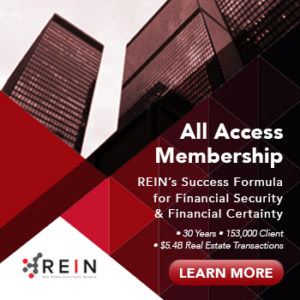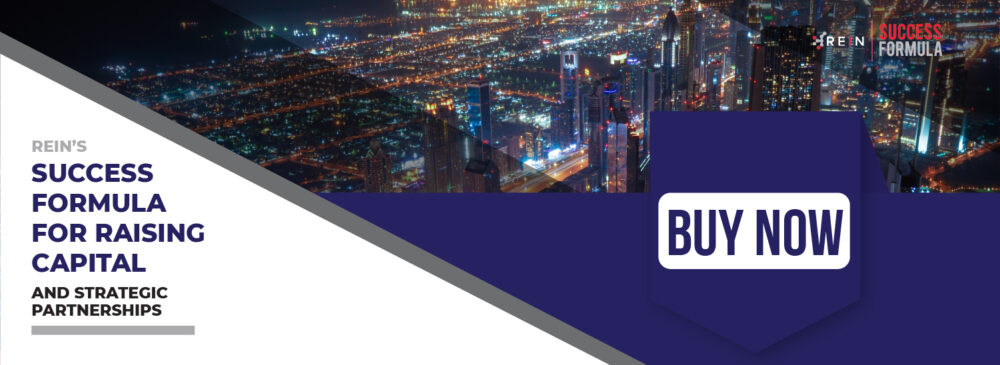Green Building Trends: The Future of Sustainable Real Estate and Insurance Implications

This post is written by Trusted Partner, Park Insurance. To become a contributing editor, please contact our Real Estate Investor Solutions Specialist, David Maxwell at david@reincanada.com.
The real estate industry is undergoing a transformative shift as sustainability becomes a critical focus for developers, investors, and tenants alike. Green building practices are not only essential for reducing environmental impact but also have significant implications for insurance coverage. Properties built with sustainability in mind often experience lower risk profiles, leading to potential cost savings on insurance premiums while mitigating climate-related risks. In this guide, we’ll explore the top trends driving sustainable real estate, their impact on insurance, and how industry stakeholders can benefit.
The Growing Importance of Green Buildings and Insurance Considerations
As climate change concerns intensify, governments and consumers are pushing for more environmentally responsible building practices. Sustainable real estate minimizes the carbon footprint of construction and operations while promoting healthier living and working environments. From an insurance perspective, green buildings often present lower risks due to their energy-efficient materials, advanced fire suppression systems, and enhanced durability, leading to reduced claims and lower premiums.
Key Trends in Sustainable Real Estate and Their Insurance Impacts
Energy-Efficient Design and Lower Risk Profiles
Energy-efficient buildings reduce operational costs and environmental impact. This includes incorporating high-performance insulation, low-emissivity (Low-E) windows, and advanced HVAC systems. These upgrades not only lower energy costs but also contribute to a safer property, reducing risks of overheating, electrical fires, and system failures—factors that insurers consider when pricing policies.
Eco-Friendly Materials and Property Protection
Builders are increasingly using recycled and reclaimed materials, such as salvaged wood and metal, to minimize resource depletion. While these materials are sustainable, insurance providers assess their durability and fire resistance when underwriting policies. Buildings incorporating fire-resistant materials and advanced safety features may qualify for premium discounts.
Water Conservation Techniques and Flood Risk Mitigation
Water-efficient fixtures, rainwater harvesting systems, and greywater recycling reduce consumption and lower utility bills. More importantly, flood-resistant designs and water management systems can help properties better withstand severe weather events, potentially lowering the risk of water damage claims and making them more insurable.
Indoor Environmental Quality (IEQ) and Health-Related Coverage
Green buildings prioritize the health and comfort of occupants through improved indoor air quality, natural lighting, and non-toxic building materials. Features like low or zero-VOC (volatile organic compound) paints, ample ventilation, and biophilic design elements reduce risks associated with poor air quality, mold growth, and workplace health issues—factors that can influence liability insurance costs.
Smart Building Technology and Risk Management
Integrating smart technologies allows for real-time monitoring and optimization of energy use, lighting, and temperature. Advanced building automation systems and AI-driven security features help prevent fire hazards, burglary, and system malfunctions, which can reduce the frequency of insurance claims and result in premium savings.
Financial and Insurance Benefits of Sustainable Real Estate
Lower Operating Costs and Reduced Insurance Premiums
Energy and water-efficient systems significantly reduce utility expenses. Additionally, properties with resilient building materials and risk mitigation features may qualify for insurance discounts.
Government Incentives and Insurance Compliance
Many regions offer tax credits, rebates, and grants for sustainable building practices. In some cases, regulatory compliance with sustainability standards can impact insurance eligibility and policy pricing.
Increased Property Value and Insurability
Sustainable buildings often command higher rental rates and resale values due to growing demand from environmentally conscious tenants and buyers. These properties also tend to experience fewer structural issues, making them more attractive to insurers.
Regulatory Drivers and Industry Standards in Green Building Insurance
Governments worldwide are implementing stricter regulations to promote sustainable construction. Building codes and certifications, such as LEED (Leadership in Energy and Environmental Design) and BREEAM (Building Research Establishment Environmental Assessment Method), set benchmarks for energy efficiency, resource use, and environmental impact. Properties meeting these certifications may benefit from specialized green insurance products tailored to their sustainability efforts.
The Future of Green Real Estate and Insurance
The shift toward sustainability is not just a trend—it’s the future of the real estate industry. As climate risks grow, insurance companies are adjusting their policies to account for sustainable building features and risk reduction strategies. Investors, developers, and property managers who embrace these trends will not only reduce environmental impact but also enhance their properties’ insurability and financial resilience in an evolving market.
Adopting green building practices is more than just an environmental choice—it’s a strategic investment in the future of real estate and insurance. By prioritizing sustainability, industry stakeholders can drive positive change while benefiting from lower risk exposure, reduced insurance costs, and long-term financial gains.
Chris Westrop is the Vice President of Commercial Lines at Park Insurance. With over 30 years of experience in the commercial insurance industry, he is a Chartered Insurance Professional with the Insurance Institute of Canada. As a REIN member and regular attendee at many of their programs, Chris brings valuable insights to real estate investors. Learn more about Chris and the experienced team of commercial insurance advisors at Park Insurance. Chris can be reached at (604) 659-3133 or cwestrop@park.ca.




